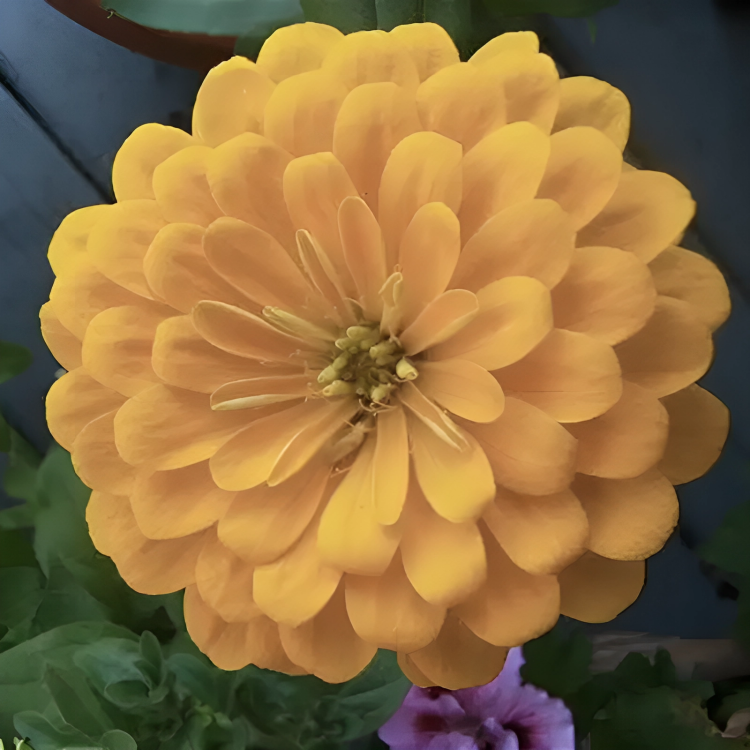- Historical context: Zinnias are native to the scrub and dry grassland in an area stretching from the Southwestern United States to South America, with a center of diversity in Mexico. The Isabellina Zinnia is a variety of Zinnia elegans, which was discovered and described by Carl Linnaeus in the mid-18th century.
- Geographical origination: The Isabellina Zinnia, like other Zinnias, originates from Mexico.
- Relevant cultural significance: Zinnias are named after the German botanist Dr. Johann Gottfried Zinn. They have been cultivated for centuries for their bright and vibrant flowers.
- Time period of discovery: The Isabellina Zinnia is a modern cultivar, but Zinnia elegans was discovered in the mid-18th century.
- Original habitat: Zinnias are native to the scrub and dry grassland in an area stretching from the Southwestern United States to South America.
- Notable historical uses: Zinnias have been used for ornamental purposes for centuries due to their vibrant and diverse colors.
- Ideal temperature range: Zinnias prefer warm conditions and are not frost-tolerant. They thrive in temperatures between 60-80°F (15-27°C).
- Soil type: Zinnias prefer well-drained soil of average fertility.
- Sunlight requirements: Zinnias require full sun exposure for at least 6 hours per day.
- Watering needs: Zinnias need moderate watering, but it's important to avoid overhead watering to prevent powdery mildew.
- Planting season: Zinnias should be planted in the spring after the last frost.
- Germination time: Zinnia seeds typically germinate in 5-7 days.
- Growth cycle duration: Zinnias typically flower within 60-70 days after germination and continue to bloom until the first frost.
- Common pests and diseases: Zinnias can be affected by powdery mildew, bacterial and fungal spots, blight, and stem rot. Common pests include Japanese beetles, aphids, and caterpillars.
- Companion planting advice: Zinnias make good companions for many vegetable plants as they attract pollinators. They also pair well with other annuals in a flower bed.
- Common challenges and solutions: Powdery mildew is a common problem with Zinnias. To prevent this, ensure good air circulation around the plants and avoid overhead watering.
- Nutritional values: Zinnias are not typically consumed and therefore do not have notable nutritional value.
- Health benefits: While not typically used for health benefits, some cultures use Zinnias in teas for a mild heart stimulant.
- Culinary uses: Zinnias are not typically used in culinary applications.
- Medicinal uses: Zinnias are not typically used for medicinal purposes.
- Other unique advantages: Zinnias, including the Isabellina variety, are excellent for attracting butterflies and other pollinators to the garden. They also make excellent cut flowers due to their long vase life.






